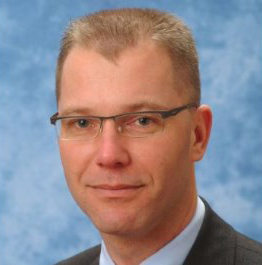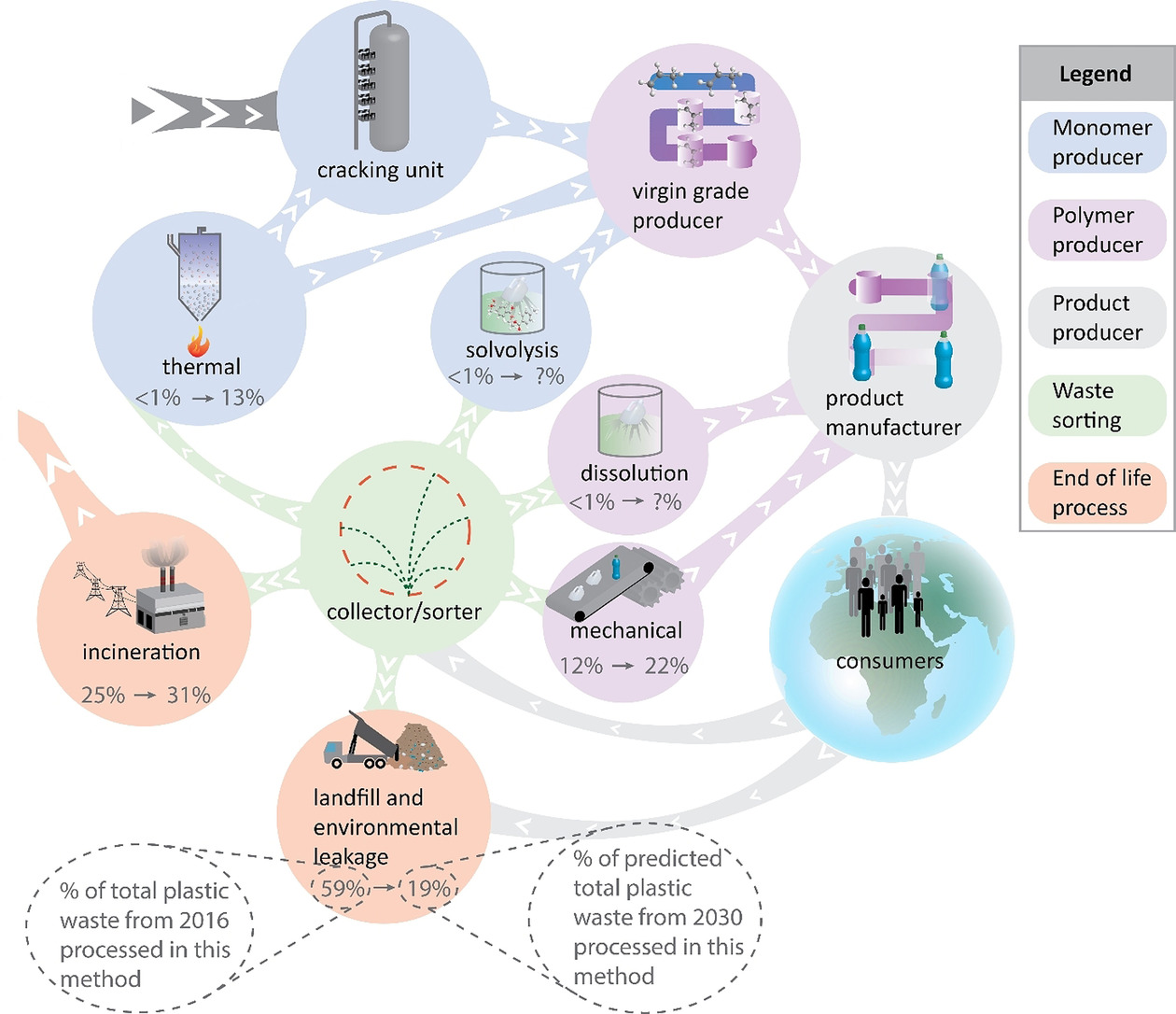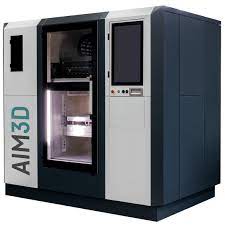 Today we have Mr. L.K. Singh of Fixopan group with us. Mr. Singh, we would like to go through a series of some questions with you in this interview. Mr. L.K. Singh is a veteran of Roto Molding Industry in
Today we have Mr. L.K. Singh of Fixopan group with us. Mr. Singh, we would like to go through a series of some questions with you in this interview. Mr. L.K. Singh is a veteran of Roto Molding Industry in
Plasticsinfomart: I would like to start with your educational background first till your journey today in the Roto Molding business?
L. K. Singh: Well I grew up into plastics. My father was one of the first general manager of one of the first plastic industries in
Plasticsinfomart: So you started your career as an entrepreneur or it was a family business you stepped into?
L. K. Singh: Well, after my education abroad I joined my father’s business. But I was not finding the processing industry very interesting. And always wanted to get into my own business to do with engineering which I find I did in mid 80s and I got into extrusion of sheeting which I discontinued and also rotational molding machine manufacturing which I have been doing since then.
Plasticsinfomart: Fixopan is a well known name today in the Roto Molding industry of
L. K. Singh: I would say one of the most difficult hurdles has been the government regulations and the times. Today, we are doing over 90% exports to nearly 70 countries worldwide and of course we are much geared up now. But in the past the government rules, the restrictions, the labor laws and the export formalities which continue today are extremely difficult. And that’s been our biggest hurdle which we have crossed over.
Plasticsinfomart: Let us talk about laws and particularly standards. Do you think that standards followed in
L. K. Singh: Well in
Plasticsinfomart: If we talk about rotational molding industry in
L. K. Singh: Rotational molding in
Plasticsinfomart: And if we talk about Fixopan, what all geographies do you cover?
L. K. Singh: We were initially very strong in
Plasticsinfomart: If we have to distribute it in percentage per country wise would it be possible?
L. K. Singh: It is difficult to be precise because it varies from year to year to month. But I would have sort that may be around 40% of our business is from Europe and North America and rest 60% has been from South East Asia and so on.
Plasticsinfomart: What kind of scale of growth you predict is possible in
L. K. Singh: I was speaking to Reliance people some time back, and they indicated that the growth has grown recently at very fast pace and they were expecting the prime material consumption to be 70-80,000 tons which has been reached up to 100,000 tons in just a short period of time, about which they are quite optimistic. But you must also know that there is lot of second grade material and other grade material being used in rotational molding, so I suspect the polymer consumption in
Plasticsinfomart: Chinese plastic industry is also observing a rapid growth. You see any warning signals for
L. K. Singh: I personally feel that in the field of rotational molding, they have not been as active as they have been in other polymer industries. Of course they are coming up and they have some capacity, but I think that this is one field
Plasticsinfomart: What about machine manufacturing for rotational molding in
L. K. Singh: That’s an interesting question because there about 30 rotational molding machine manufacturers in
Plasticsinfomart: So
L. K. Singh: Yes
Plasticsinfomart: In the last two years we have observed a global economic slowdown. In your view has it anyhow affected the Indian plastic industry, particularly the rotational molding industry?
L. K. Singh: I think nothing was left of that and everybody was affected by the financial slowdown. They say ‘financial tsunami’ as they quoted to me in
Plasticsinfomart: You mentioned Fixopan do almost 95% of business in exports, and there was a high impact of the slowdown in Europe and specially Northern America, so did it affect your exports?
L. K. Singh: Yes, it was there. And it was pretty bad, but for a short time. But then we have a very large market base so some of the parts in South East Asia and others continued. Also, rotational molding is a niche market and not a mass market. So the people in this field are not as affected as it would be in normal ones. So it was not too bad and of course we had other markets to go and the business trend is now shifting to other areas and coming out of these places like Europe and advanced countries.
Plasticsinfomart: As you said rotational molding industry is a very niche industry. Is government taking adequate steps to support this industry in India?
L. K. Singh: I am really surprised this never struck me if government of India is supporting the rotational molding industry. Let Government help the polymer industry at large, rotational molding is a far cry. We only represent the 2-3% of the plastics industry, so I think even for us to dream government of India thinking about the rotational molding is far away let alone doing it. But I hope that government of India does pay attention to the polymer industry. They brought out a national policy on petrochemical which is excellent. It adds a step towards it. But there is a lot more needs to be done and we really need the government to help the whole plastic industry including rotational molding.
Plasticsinfomart: You mentioned the growth of plastic Industry in India. There are lot of laws coming in India on ban on plastics particularly in packaging and films. Would you like to share your views on it?
L. K. Singh: Yes, this is a subject I would like to briefly touch upon because it is a very long subject I could go on. But in reality I do not see a point on this ban. It is very silly. It is our own discipline. Since we are not disciplined, we are banning something. It is like saying the glass can fall down, break and hurt people, so just ban glass. Why we have not done that? Because we do not put away plastics in a proper manner, do not treat them, we blame them. I would like you to note that the industry which has been affected is less than half percent of the polymer industries. As far as the bags are concerned, I do not think they will ever go away no matter what kind of restrictions they bring. Our country is having a problem of giving food to people. Are we worried about that or are we worried about giving plastic bags which may spoil our gutters and things like that? We cannot cater to cattle, we cannot give them medicines, we cannot treat them and we are worried about them eating plastic bags. Yes, true, it is there, but it is only a matter of disposing off properly the plastic bags. But polymer industry as you know is not just growing, it is exploding. Today it is 7 million tons and I think in 2012 it will be 15 million tons and probably will go 19 million tons by 2015. So this is fantastic and on the other side we are saying ban plastics? Actually the consumption is exploding and growing. And to the best of my knowledge, most of the industries in this field of plastic bags are still doing very well. Secondly, let me tell you, find me a one man who has not drink milk out of plastic bags, even today after banning. All our milk comes in that. If that is stopped you would require 5000 trucks on our roads every day. Our milk cost will go up by 25-30% more and there will be lot of disposal problems. So I do not know what they are talking about and probably they have not given it a thought. It is very silly to have a ban on it. You cannot ban it for just like food products and milk.
Plasticsinfomart: I would like you to suggest three major applications of growth in Plastic Industry of India?
L. K. Singh: The single one that comes to mind, of the whole polymer industry is flexible packaging. It has a very big demand and its potential I think has not being exploited fully. The second one I would have thought is the automotive industry which is going very fast and I think there is a tremendous future in this to grow. And generally third one is difficult because there are so many industries I can choose from. But I don’t know whether India will be a polymer based country in the sense of net polymer exporting country in the large scale, which I doubt. But I think general moldings like injection molding and so on would also hold very bright future for growth. As you can see that the growth of plastics industry is doubling in every two to three years. So, what do you expect? You need to put up lot of capacity. India needs 40000 more units to service the kind of polymer that will be produced and consumed in India. So I am asking the whole world, are you read? Two weeks ago I was invited by the UK trade and investment government department for the third time to give presentation in London to the British industrialists to come to India and invest, because this is the best business destination today in the world.
Plasticsinfomart: Would you like to suggest some thumb rules to budding entrepreneurs which can make or break success?
L. K. Singh: I have very simple suggestions for them. Thumb rule would be continuity. When you start business, you are going to have problems, you are going to have fantastic growth, you are going to have lot of earnings, some time losses, problems, but my advice would be if you continue doing what you are doing with a follow up, you cannot go wrong anywhere in plastics, specially in India.
Plasticsinfomart: Suggest us any one thing you would like to change in the current scenario of Plastics Industry in India?
L. K. Singh: The single major thing is that the polymer should be made available from many different sources and should not be a monopoly to help the country growth. And government should understand the immense potential for job employment and it should be a totally free economy from exports and imports. And, Indian entrepreneurs should put the same terms as our counterparts so we succeed in exports and grow worldwide with the growth of India.
Plasticsinfomart: What is your vision for Plastics Industry of India in 2020?
L. K. Singh: Well India should be world over 20 million tons if not more by that time. We would have lot more engineering polymers. I know there would be at least 40000-60000 more units, all of them much more advanced than what they have been. Indian demand and consciousness for quality and trendiness is increasing. So I think there will be lot of high end machines, high capacity machines, high growth and lot more production. And you see infrastructure, agriculture, and all these fields have lot of plastics being used. So, we will see in 2020 India will be a plastics rich nation. Our per capita consumption is very low and we have to go a long way. It would still be a lot better than what we are certainly.
By 2020, standard of Indian manufactured machines will be quite high. Not only that the Indian machinery people will improve, but lot of these companies in Germany who cannot afford to produce machines in germany because of heavy costs and be comparative, are looking to come to India to produce their machines here. And also, India companies looking to develop are looking for collaborations outside, so the quality will improve. And I believe India will become quite known destinations for procuring machines.
It would be a great sourcing hub. One of the advantages of India is that we have a large population who can speak good English. So we are quite proficient on the web and are easily available and can communicate well. And people find it convenient to come. So I think this will help India to become sourcing hub to some parts of the world if not all.
Plasticsinfomart: Would you like to share any message to the clients of Fixopan and the Indian Plastic Industry as a whole?
L. K. Singh: My message is very clear and I think it is known to everybody. India’s future is here. With the young population, nearly half of the population being below 40 and whole market is ours. Our biggest competitors today i.e. U.S. and China are shrinking in age and we are going younger. So India is going to be richer before it gets older worldwide. So, the future is here so please make the best of it, Good luck.
Thanks a lot. This was Mr. L. K. Singh of Fixopan group. We thank him a lot for his time and sharing his thoughts with Plastopedia.com Team.








